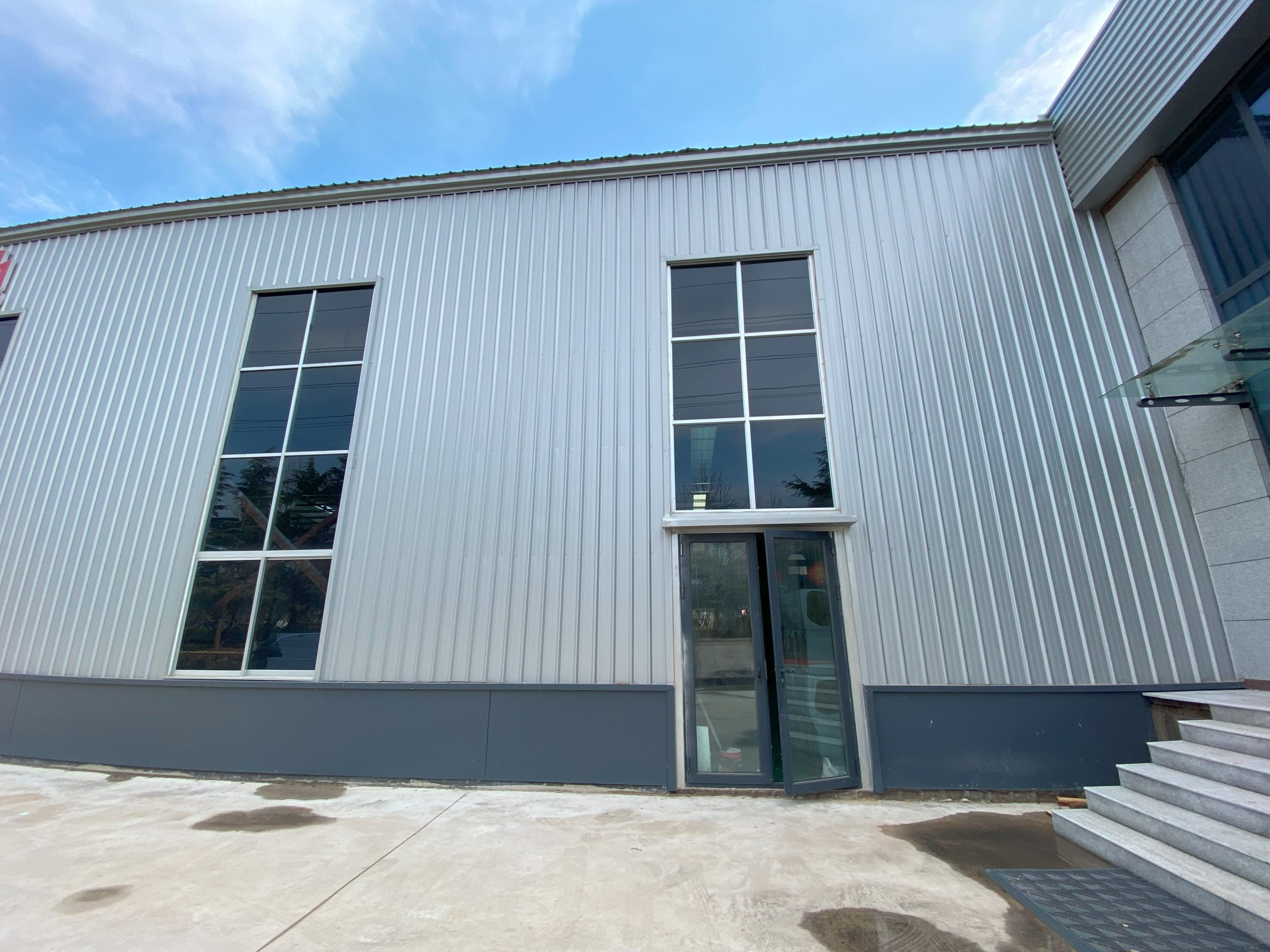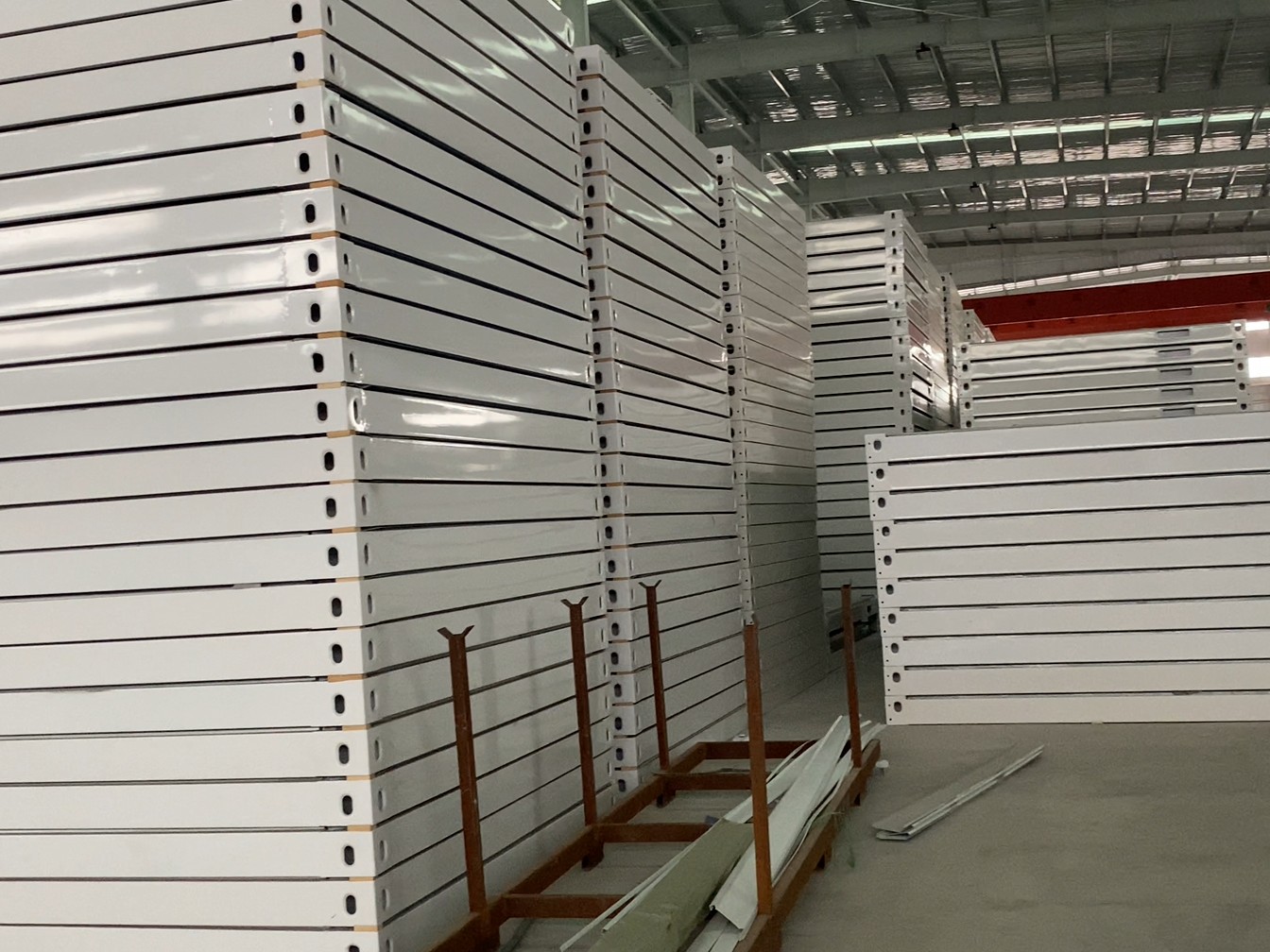Table of Contents
Advantages and Disadvantages of Solar Energy
Solar energy is a renewable source of energy that is harnessed from the sun’s rays. It is a clean and sustainable alternative to traditional fossil fuels, making it an attractive option for those looking to reduce their carbon footprint. But how exactly does solar energy produce energy?
The process begins with Solar Panels, which are made up of photovoltaic cells that convert sunlight into electricity. These cells are typically made of silicon, a semiconductor material that absorbs photons from the sun. When sunlight hits the cells, it excites the electrons in the silicon, causing them to move and create an electric current.
This direct current (DC) electricity is then sent to an inverter, which converts it into alternating current (AC) electricity that can be used to power homes, businesses, and other electrical devices. The AC electricity is then sent to a breaker box, where it is distributed throughout the building.
One of the key advantages of solar energy is its ability to generate electricity without producing harmful emissions or pollutants. Unlike fossil fuels, which release carbon dioxide and other greenhouse gases into the atmosphere, solar energy is a clean and sustainable source of power that helps to combat climate change.
Another advantage of solar energy is its abundance. The sun is a virtually limitless source of energy, providing more power in one hour than the entire world consumes in a year. This means that solar energy has the potential to meet a significant portion of our energy needs, reducing our reliance on finite and polluting fossil fuels.
In addition to its environmental benefits, solar energy can also save consumers money on their electricity bills. By generating their own electricity from the sun, homeowners and businesses can reduce or even eliminate their reliance on the grid, saving them money in the long run.
However, there are also some disadvantages to solar energy that must be considered. One of the main drawbacks is the initial cost of installing solar panels. While the price of solar panels has decreased in recent years, they can still be expensive to purchase and install. This upfront cost can be a barrier for some consumers, especially those with limited financial resources.
Another disadvantage of solar energy is its intermittent nature. Solar panels only generate electricity when the sun is shining, meaning that they are not able to produce power at night or during cloudy weather. This can be a challenge for those who rely on solar energy as their primary source of electricity, as they may need to supplement it with power from the grid.
Despite these drawbacks, solar energy remains a promising and sustainable source of power for the future. With advancements in technology and decreasing costs, solar energy is becoming more accessible to a wider range of consumers. By harnessing the power of the sun, we can reduce our reliance on fossil fuels, combat climate change, and create a cleaner and more sustainable world for future generations.
The Process of Solar Energy Production
Solar energy is a renewable and sustainable source of power that is harnessed from the sun’s rays. The process of producing energy from solar panels involves several steps that ultimately result in the generation of electricity. Understanding how solar energy is produced can help us appreciate the importance of this clean and environmentally friendly energy source.

The first step in the process of solar energy production is the absorption of sunlight by solar panels. Solar panels are made up of photovoltaic cells that convert sunlight into electricity through the photovoltaic effect. When sunlight hits the solar panels, the photons in the sunlight knock electrons loose from their atoms, generating an electric current.
Once the sunlight is absorbed by the solar panels, the next step is the conversion of the direct current (DC) electricity generated by the panels into alternating current (AC) electricity. This is done by an inverter, which converts the DC electricity into AC electricity that can be used to power homes, businesses, and other electrical devices.

After the electricity is converted into AC, it can be used to power various electrical devices or be stored in Batteries for later use. Excess electricity generated by solar panels can also be fed back into the grid, allowing homeowners to earn credits for the electricity they produce.
One of the key advantages of solar energy production is its ability to provide clean and Renewable Energy without producing harmful emissions or pollutants. Unlike fossil fuels, which release carbon dioxide and other greenhouse gases into the atmosphere when burned, solar energy is a clean and sustainable source of power that helps reduce our carbon footprint and combat climate change.
In addition to its environmental benefits, solar energy production also offers economic advantages. By generating their own electricity from solar panels, homeowners can reduce their reliance on the grid and lower their electricity bills. In some cases, homeowners may even be able to sell excess electricity back to the grid, further offsetting the cost of installing solar panels.
Overall, the process of solar energy production is a simple yet effective way to harness the power of the sun and generate clean and renewable electricity. By understanding how solar energy is produced, we can appreciate the importance of transitioning to renewable energy sources and reducing our dependence on fossil fuels.
In conclusion, solar energy production involves the absorption of sunlight by solar panels, the conversion of DC electricity into AC electricity, and the use or storage of the electricity generated. Solar energy is a clean and sustainable source of power that offers environmental and economic benefits. By harnessing the power of the sun, we can reduce our carbon footprint, combat climate change, and create a more sustainable future for generations to come.
